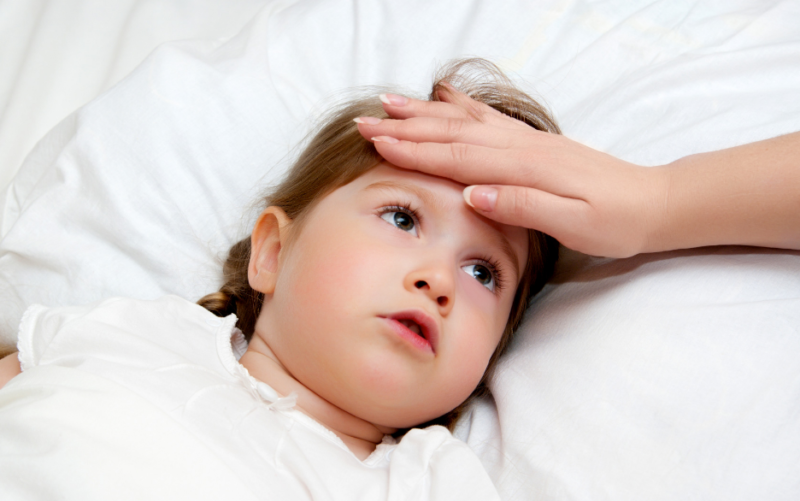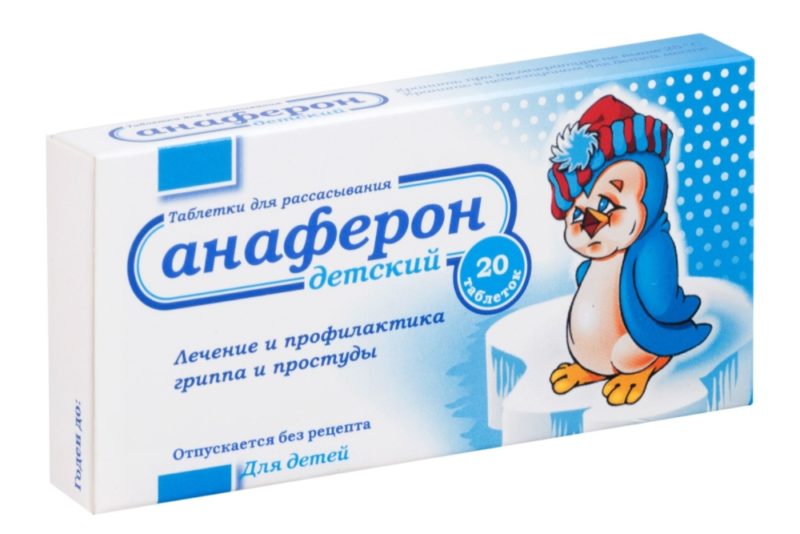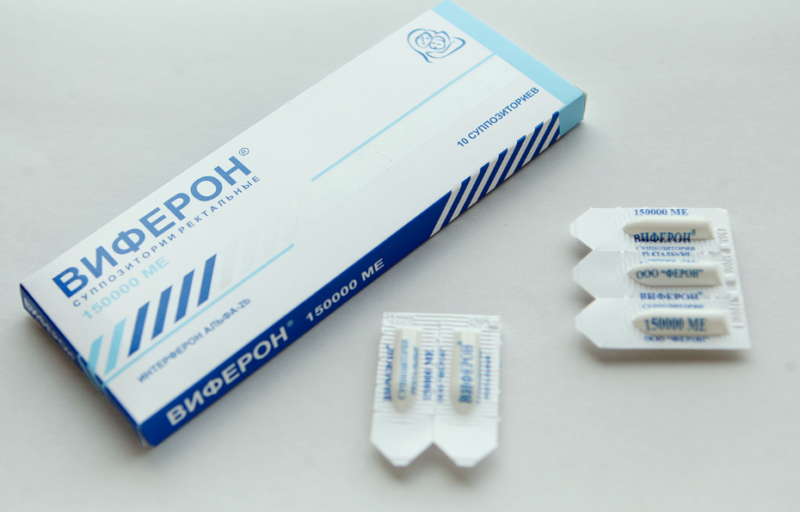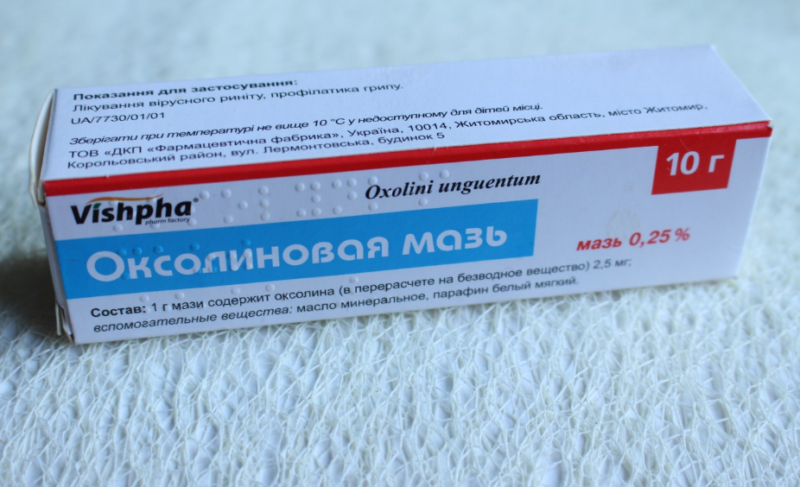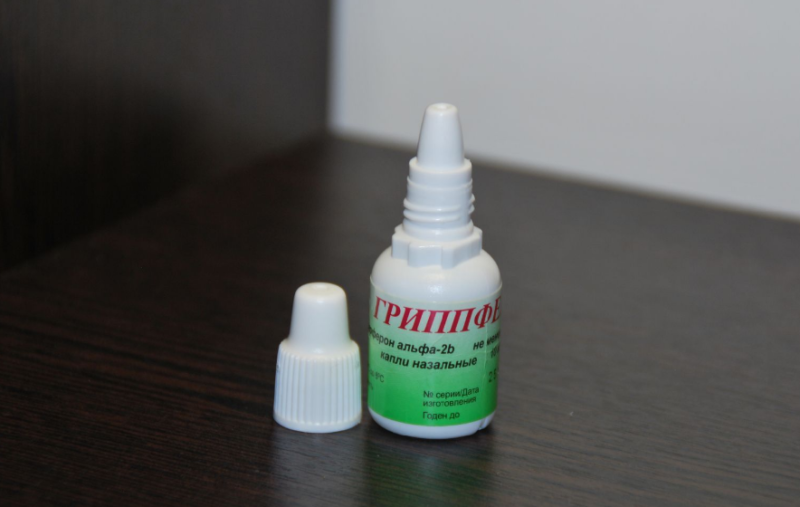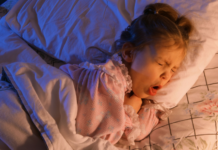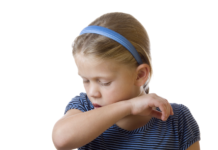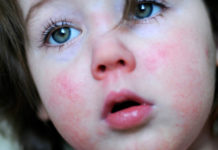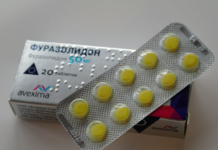The problem of viral diseases and their treatment is especially relevant in the "cold season" (the period from late autumn to early spring). Under the influence of adverse weather conditions and lack of vitamins, many suffer from acute respiratory infections and acute respiratory viral infections, especially children. Antiviral drugs for children from 3 years old and above are a topical issue in this period.
Material Content:
What is a virus and how does the body fight it
Viruses are an independent form of life on our planet, isolated by scientists in a separate taxonomy. The totality of all viruses is a natural form of life and has a tremendous impact on the biosphere and living organisms. Pathogenic viruses bring a lot of trouble to humans in the form of diseases, so medicine around the world is trying to find effective ways to deal with virions.
Viruses affect the human body in different ways:
- cause colds, flu or chickenpox epidemics;
- provoke the occurrence of herpetic rashes;
- cause neurological disorders;
- provoke various chronic diseases (for example, hepatitis C virus);
- cause severe pathologies (SARS, Ebola);
- provoke the growth of malignant tumors (Kaposi's sarcoma).
And this is only a small fraction of the influence of viruses on living organisms!
IMPORTANT! Some pathogenic viruses benefit their host.So, latent viruses (dormant in carrier cells) can cause immune responses when pathogenic bacteria enter. They protect the body from a new disease.
The human immune system fights viruses in 2 ways:
- With the help of innate immunity. Such immunity provides nonspecific protection against a pathogen by acting on it with common methods of control. Against pathogens are macrophages, circulating immunoglobulins, interferons, viral inhibitors. This ability of the body is not effective enough, since there is no lasting protection against the disease.
- With the help of acquired immunity. A specific reaction to the pathogen is formed in the body, in parallel with which the immunological memory is triggered. Cells “remember” the alien in order to immediately immediately recognize him upon penetration. T-lymphocytes (T-killers and T-helpers) participate in the control processes.
Classification of antiviral drugs by release form and composition
The treatment of viral diseases in children is different from the treatment of adults. And it's not just the dosage of the active ingredients. Not all children perceive the benefits of medicines, because often they are bitter and unpleasant in taste. Therefore, in pediatric therapy, the correct form of the drug is so important.
Consider the various forms of release of drugs for the treatment of children in terms of convenience:
- Syrup and suspension. Such forms are most convenient for children to take. They are easily swallowed, have a pleasant color and taste. Now developed a lot of products with the tastes of strawberries, vanilla, orange, lemon. There is a favorite for each baby.
- Cream, gel, ointment. They are used for the treatment and prevention of diseases during the cold season. Easy to apply.
- Drops and sprays. They are used to treat viral diseases of the nasal cavity and mouth. Drops are less convenient to use, since not all children like to bury their nose.
- Rectal suppositories. They cope well with the symptomatic manifestations of the disease, as they quickly deliver the active components into the bloodstream. Candles can be used even for infants.
- Tableted funds. Antiviral tablets and capsules are the least convenient to use. Not all children can and love to swallow them, so many parents and specialists come to resort to tricks to give medicine to the baby.
Children's antiviral drugs from 3 years of age are divided into several groups:
- Derivatives of amantadine and other synthetic compounds with a virucidal effect. For example, Remantadin, Arbidol, Oxolin.
- Biological substances produced by the human body (interferons).
- Analogs of nucleosides. For example, "Acyclovir", "Foscarnet."
- Thiosemicarbazone derivatives. For example, Marboran, Metisazon.
- Herbal preparations. For example, Alpizarin, Helepin.
Inexpensive, but effective remedies for children from 3 years
In the fight against viral infection, parents prefer to give their choice to proven and affordable drugs. And if such a drug is inexpensive, then there will be no limit to the joy of the parent. After all, not everyone has the opportunity to buy expensive foreign funds.
IMPORTANT! Doctors around the world advise parents to give antiviral drugs to children only after examination by a specialist.
Often, uncontrolled intake of drugs leads to inhibition of natural immunity in children and its replacement with synthetic stimulants. Such a replacement enhances the vulnerability of the child's body to new forms of viral infection.
Antiviral pills
Tablets for the treatment of viral diseases in children are found in every pharmacy. They are produced both by domestic manufacturers and foreign campaigns. Tablets and capsules can be selected for any child of any age. Their only negative is the inconvenience of use.
The most affordable, inexpensive and effective drugs are:
- "Remantadine." Effective anti-influenza drug. The active ingredient is 50 mg of remantadine. May cause some side effects. The average price per pack of 20 tablets is 100 rubles.
- "Anaferon for children." It is a homeopathic remedy. The active component is antibodies to γ-interferon. It fights not only with influenza viruses, but also with the herpes virus. The average price per pack of 20 tablets is 250 rubles.
- Hyporamine. Means of plant origin. The active ingredient is an extract of dry leaves of buckthorn buckthorn. It is applied sublingually (under the tongue). The tablets taste good. They have a powerful antiviral effect against many pathogens. The average price per pack of 20 tablets is 150 rubles.
- Amizon. Antiviral systemic action. The active substance is enisamium iodide. Increases interferon production, stimulates defense mechanisms, has anti-inflammatory and analgesic effects. The average price per pack of 10 tablets is 100 rubles.
Candles for children
Rectal suppositories are often used to treat viral infections.
Ease of use and quick action make suppositories an effective treatment for young children.
Popular suppositories for acute respiratory viral infections and influenza:
- Viferon. The active component is interferon α-2b. It is approved for use from the first days of life. It is an immunomodulator without toxic effects. The average price for a pack of 10 candles is 280 rubles.
- "Genferon Light." The active components are interferon α-2b and taurine. Stimulates the spread of T-lymphocytes, suppresses pain impulses. The average price for a pack of 10 candles is 350 rubles.
Suspensions and syrups
The most convenient release forms for children.
Effective remedies:
- "Anaferon children" in drops for oral administration. It is a homeopathic remedy. The active component is antibodies to γ-interferon. Almost no taste, only a sweetish taste. The average price per pack of 25 ml is 250 rubles.
- "Tsitovir-3." Available in the form of syrup, powders for the preparation of solutions. Powders have different tastes, which will be very pleasant for children. The active component is sodium α-glutamyl triphosphate. The average price per pack of 50 ml is 300 rubles.
Ointments, gels, creams
Soft pasty forms of release of anti-virus agents are often prescribed by specialists. In mild forms, antiherpetic drugs are often produced. They are easy to apply to the external lesion.
Popular and inexpensive means:
- Oxolinic ointment. The active ingredient is oxolin. It is used nasally for the treatment of mucous membranes during colds. The average price for a tube is 30 rubles.
- "Acyclovir." The active ingredient is 5% acyclovir. Available in the form of a cream, gel, ointment. Used to treat diseases caused by the herpes virus. The average price for a tube is 40 rubles.
Remedies for the common cold
IMPORTANT! Medicines for the treatment of the common cold of a viral nature are very popular. They not only remove viral cells from the mucous membranes, but also prevent the attachment of a secondary infection to the children's body through the nasopharynx.
Effective drugs:
- "Grippferon." The active substance is α-interferon. It is approved for use even for newborns. It is used to treat acute respiratory viral infections and all types of flu. The average price per pack of 10 ml is 290 rubles.
- "Ingaron." The active substance is recombinant human γ-interferon. Powdered to prepare a solution. It is used at all stages of a viral infection.
Eye drops
Viruses also affect the mucous membranes of the eyes, so ophthalmic drops are needed for the combined treatment of diseases.
Good and affordable eye drops:
- Okomistin. Antiseptic drug. The active ingredient is miramistin. Effective against many types of viruses. The average price per pack of 10 ml is 180 rubles.
- Ophthalmoferon. The active ingredient is interferon α-2b.Thanks to diphenhydramine in the composition it has not only an antiviral effect, but also an analgesic. The average price per pack of 10 ml is 300 rubles.
Viral diseases in childhood can be extremely dangerous. Therefore, it is important to conduct effective treatment of the disease. The composition of the therapy should include not only antiviral drugs, but also auxiliary agents that will ensure the prevention of secondary infection and complications. Viral infection therapy is always under medical supervision!


